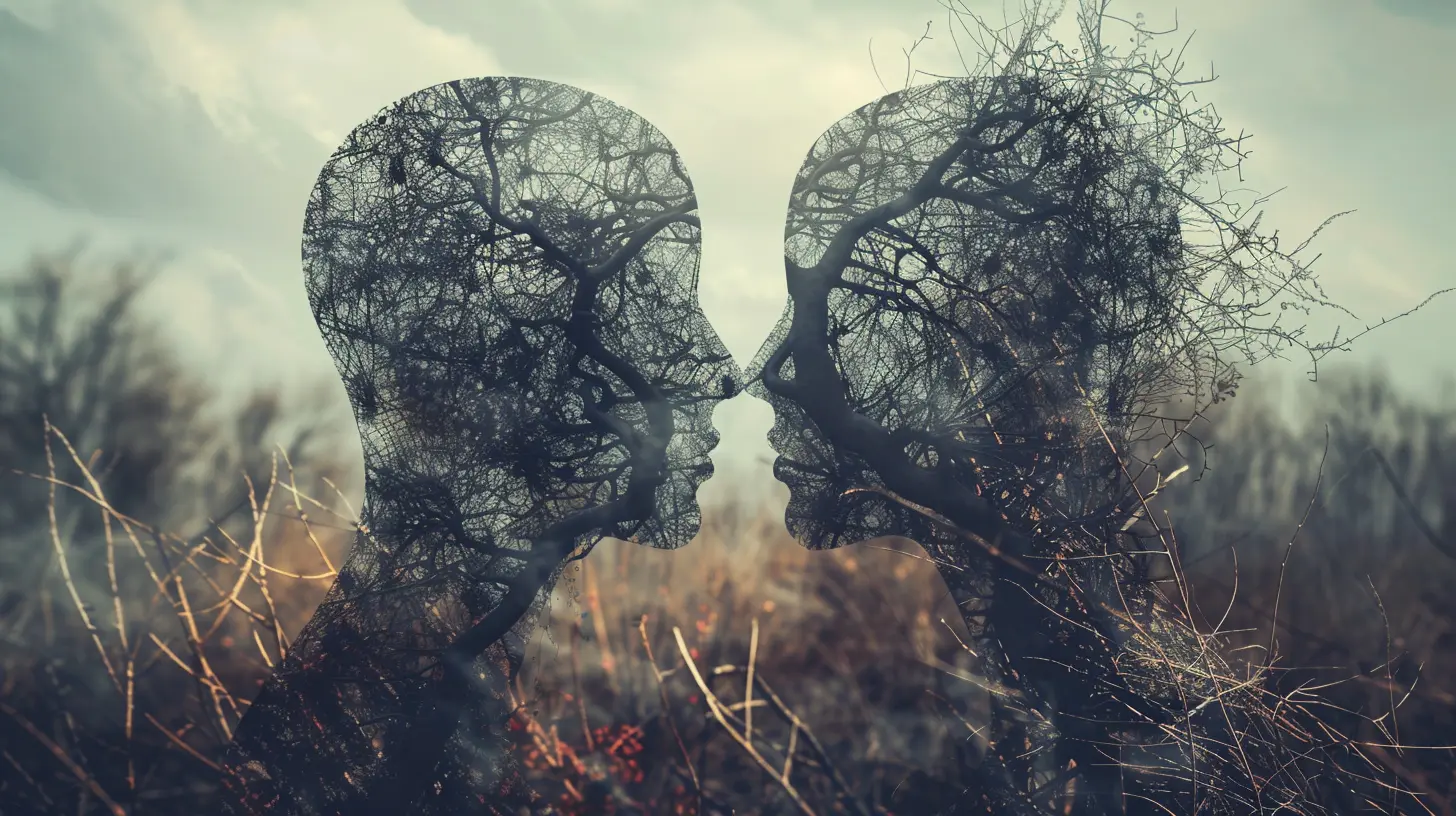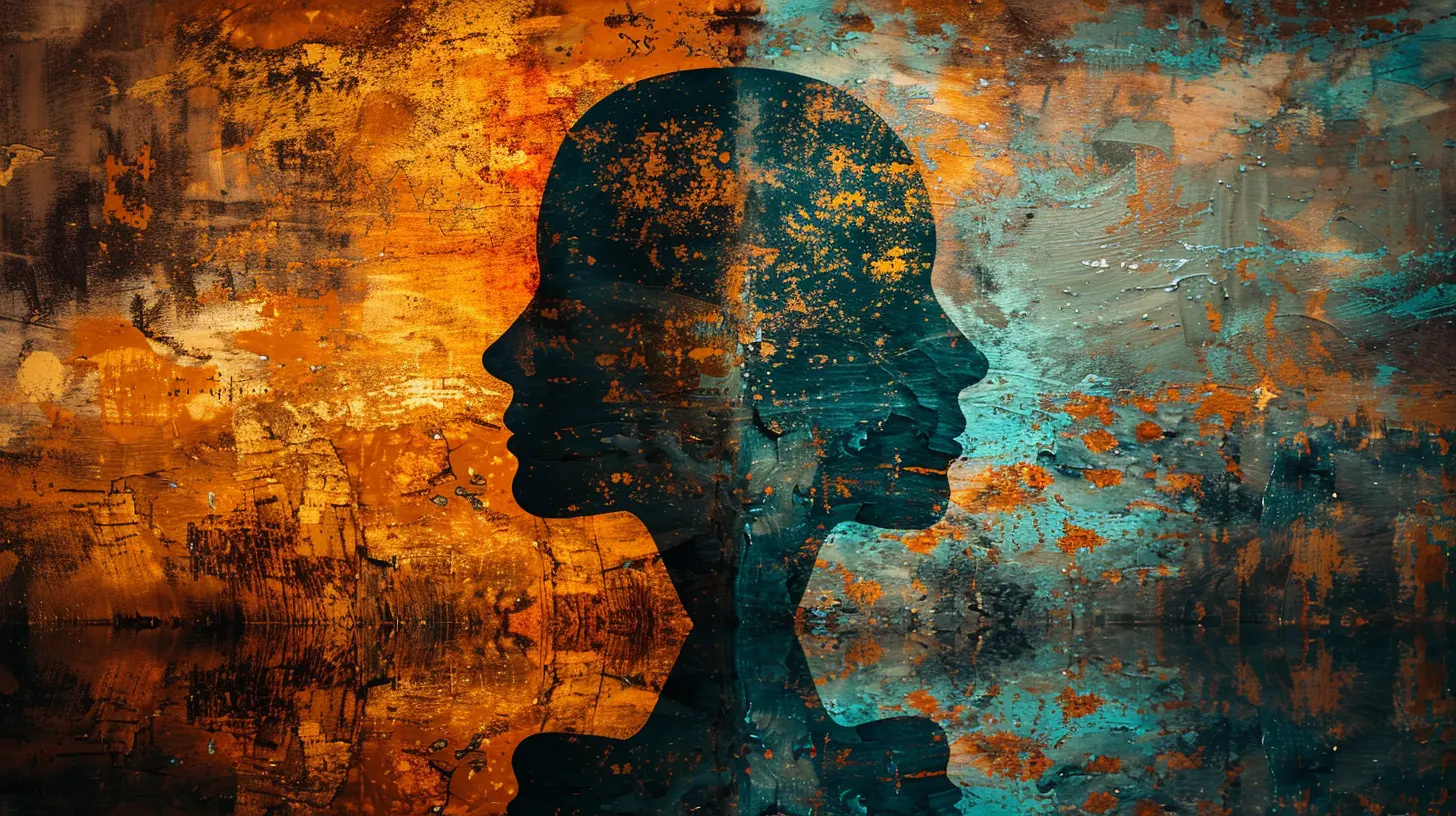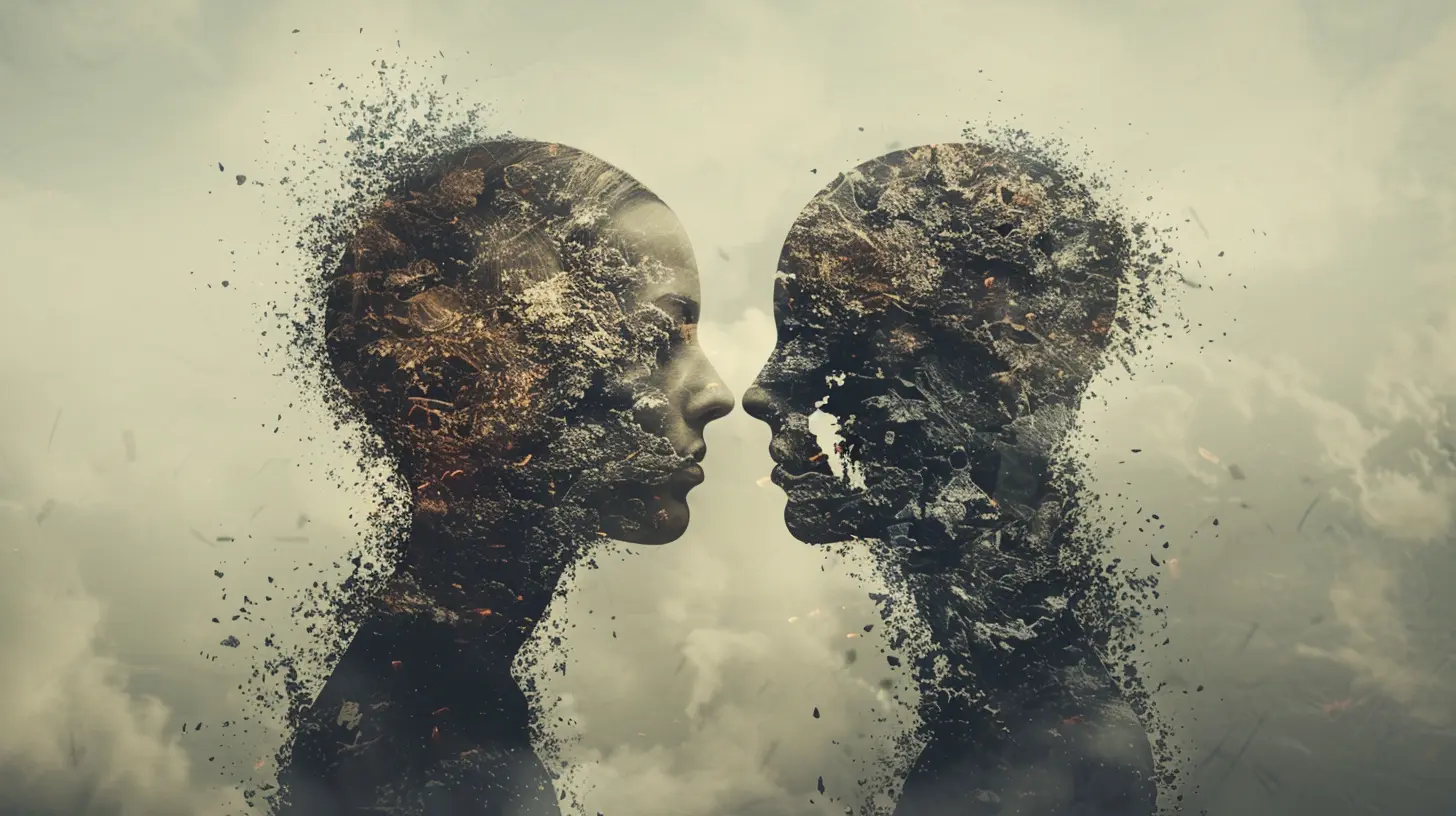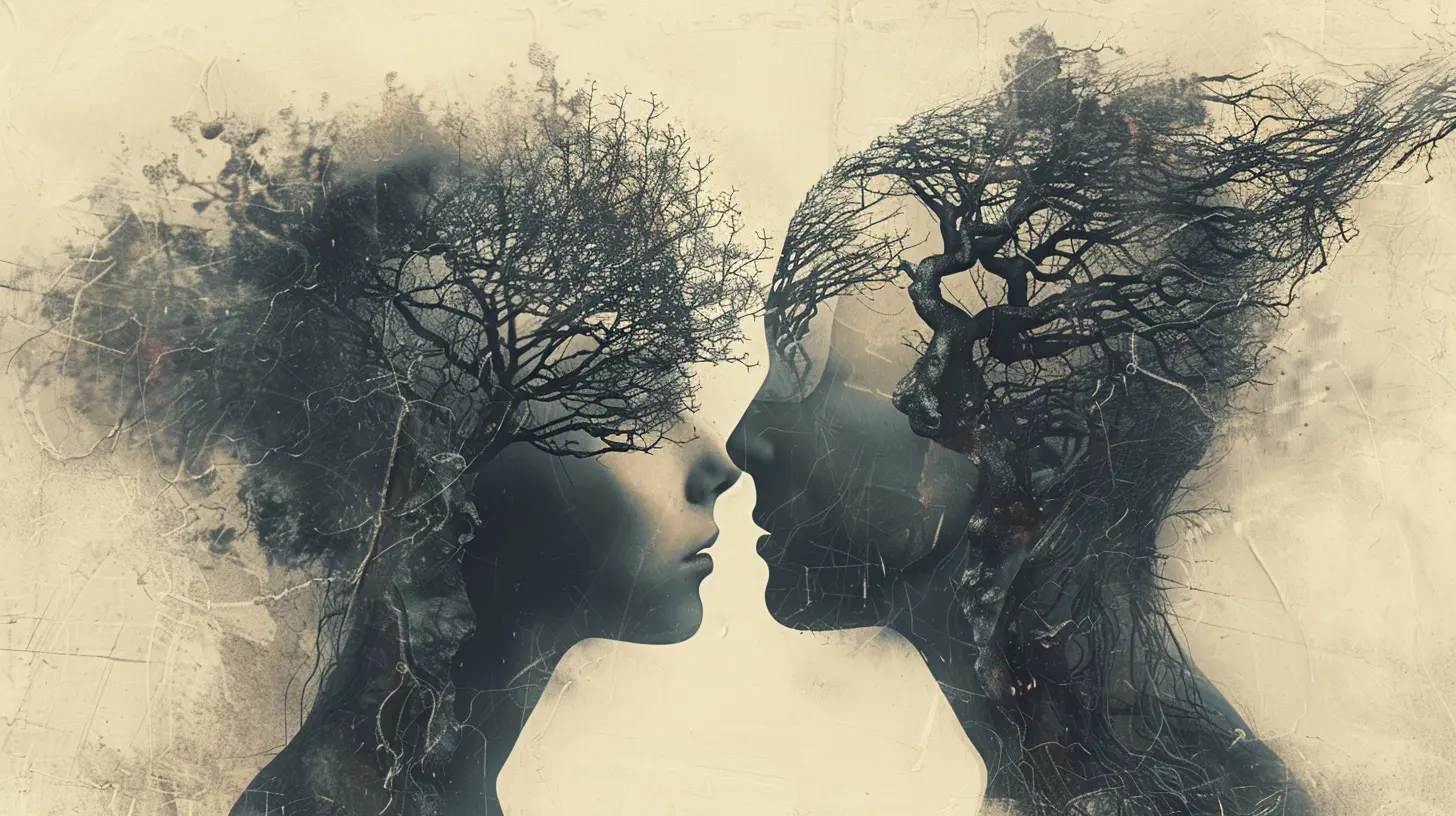How Attachment Theory Merges with Psychoanalytic Concepts
25 June 2025
Understanding human behavior and emotion is no small task. Over the years, psychologists have built intricate models to try to explain why we act the way we do, especially in relationships. Two giants in this conversation are Attachment Theory and Psychoanalytic Concepts. At first glance, they may seem like distant cousins—related, but not exactly close. But, if we zoom in a bit, we'll see that they actually complement each other more than you might think.
So grab a cup of coffee, get comfy, and let’s unravel how these two powerful psychological frameworks intersect, overlap, and enrich each other.
What is Attachment Theory, Really?
Before we dive into how attachment theory merges with psychoanalytic ideas, let’s unpack what attachment theory even is. It all starts with British psychologist John Bowlby.Bowlby noticed something really interesting: babies aren’t just needy; they’re wired to seek closeness. From an evolutionary standpoint, that makes sense. A baby that stays close to a caregiver is more likely to survive. That instinctual pull for closeness and comfort is what Bowlby called attachment behavior.
The key idea? The emotional bonds we form in childhood shape how we relate to others in adulthood.
It’s not just about mom and dad. It’s about what their care teaches us about the world—Is it safe? Am I lovable? Can I trust others? Fast-forward to adulthood, and those same questions are playing out in our romantic relationships, friendships, and even workplace dynamics.
The Four Major Attachment Styles (A Quick Refresher)
There are four basic attachment styles most people fall into. Let’s breeze through them, just to make sure we’re all on the same page:1. Secure – Trusts easily, comfortable with intimacy, and balanced independence.
2. Anxious – Clings to relationships, worries about being abandoned.
3. Avoidant – Dismisses closeness, values independence to the extreme.
4. Disorganized – A confusing mix of wanting closeness but fearing it at the same time (often linked to trauma).
So, where does psychoanalysis come into play?
A Quick Lowdown on Psychoanalytic Concepts
Sigmund Freud might be the most famous name in psychology. His psychoanalytic theory laid the groundwork for understanding the unconscious mind, defense mechanisms, and how early childhood shapes personality.Psychoanalysis dives deep into:
- Unconscious motivations
- Defense mechanisms
- Transference and countertransference
- Inner conflicts
- Early experiences with caregivers
Sounds familiar, doesn’t it?
That’s because both attachment theory and psychoanalysis deal with early childhood experiences and how they shape the adult psyche. While they approach things differently—attachment theory sticking more to observed behaviors, and psychoanalysis digging into unconscious processes—they’re actually exploring the same terrain.
The Meeting Point: Early Relationships as the Blueprint
Bowlby himself was heavily influenced by psychoanalysis. He even trained in it before moving toward empirical studies of attachment. But later, he disagreed with some psychoanalytic ideas—particularly Freud’s emphasis on internal fantasy over real experiences.What Bowlby did was revolutionary: he married the rigor of behavioral observation with the emotional depth of psychoanalysis. He insisted that real-life interactions with caregivers matter more than fantasies or drives. He was saying, “Hey, let’s look at what actually happens between a kid and a caregiver.”
So this is the first big merger point: both theories agree that early relationship experiences deeply shape who we become.
Defense Mechanisms Meet Attachment Styles
Ever wonder why someone ghosts you when things get too emotional? Or why another person becomes overly clingy after a small disagreement?Psychoanalysis would talk about defense mechanisms—those unconscious tricks we use to protect ourselves from emotional pain.
Attachment theory offers a similar explanation but frames it in terms of learned behavior. An avoidant person might “shut down” in a relationship to avoid feeling vulnerable—essentially a defense mechanism against anticipated rejection. An anxious person might obsess or over-text as a way of anxiously managing fear of abandonment.
In both cases, the individual is using an emotional coping strategy rooted in childhood.
This is another powerful overlap: attachment styles explain the "what”, while psychoanalytic concepts often explain the “why.”
Transference in Relationships: A Bridge Between Theories
Transference is a classic psychoanalytic term. It means projecting feelings from one person (usually a parent) onto someone else (like a partner or therapist).Sound familiar?
Attachment theory has a similar concept. We often re-create early attachment dynamics in our adult relationships. If your caregiver was cold and distant, you might fall for people who feel emotionally unavailable—and try to “win” their love.
Basically, transference is how unresolved attachments show up in adult life.
Therapists who are trained in both approaches can use this understanding to recognize patterns in therapy. For example, a client with an anxious attachment style might become overly attached to the therapist. Understanding this transfer of feelings helps the therapist guide the healing process.
The Inner Working Models: Where It All Comes Together
Bowlby introduced the term “internal working models”—the mental blueprints we develop in childhood about ourselves and others. These models guide how we think relationships are “supposed” to go.In psychoanalysis, this is very similar to Freud’s object relations theory, which focuses on how we internalize early relationships and carry them within our psyche.
Both are saying the same thing in different words: Our early relationships become the internal script for our adult lives.
So whether you call it an inner working model or an internalized object, we’re talking about the same thing: the mental patterns that drive our emotional lives.
Therapy: A Playground for Combined Healing
When a therapist understands both attachment and psychoanalytic concepts, magic happens. Seriously.Attachment theory gives the therapist a map of the client’s behaviors—how they attach, how they pull away, how they fear closeness. Psychoanalysis gives tools to understand the deeper emotional processes—the unconscious fears, repressed memories, and emotional defenses.
Imagine a client who’s terrified of intimacy but doesn’t understand why. An attachment lens might show us they grew up with unreliable caregivers. A psychoanalytic lens tells us they now unconsciously avoid love to protect themselves from reliving that early pain.
By using both approaches, therapy becomes a place where the client can build a secure attachment (with the therapist) while also digging into the origins of their emotional patterns.
It’s like combining a GPS with a deep, intuitive understanding of the terrain. You’re not just getting directions—you’re understanding why the road is so bumpy in the first place.
Real-Life Example: Merging the Theories in Action
Let’s say you know someone—let’s call her Sarah—who keeps getting into toxic relationships. She falls hard and fast, then becomes anxious and obsessive. Her partners, overwhelmed, usually leave.From an attachment perspective, Sarah has an anxious attachment style. From a psychoanalytic standpoint, maybe Sarah’s early caregivers were inconsistent—sometimes smothering, sometimes absent. This led her to believe she must work extra hard to earn love.
Now, she unconsciously repeats this pattern with every partner. She's not just reacting—she's replaying an old emotional script, hoping for a different ending.
By understanding both theories, a therapist can help Sarah break the cycle. Validate her attachment needs, yes—but also help her uncover and transform the unconscious beliefs driving her behavior.
It’s Not Either-Or — It’s Both-And
Too often, psychology splits theories into camps: behavioral vs. psychoanalytic, cognitive vs. emotional. But real healing doesn’t happen in silos.Attachment theory and psychoanalysis are two sides of the same coin. One gives you a clear, practical framework for how people behave in relationships. The other dives deep into the emotional world behind those behaviors.
When used together, they don't just explain behavior—they unlock change.
So next time you're trying to understand a relationship (yours or someone else's), don’t ask: Is this an attachment issue or a psychoanalytic one?
Ask: How are these two powerful lenses showing me the full picture?
Final Thoughts
By now, you can probably see that attachment theory and psychoanalytic concepts aren’t in conflict—they’re dance partners in the therapy room. They move in sync, each bringing a different rhythm to the healing process.If attachment theory is the melody of our relationships, then psychoanalysis is the deep bass line beneath it—felt in the body before the mind even registers it.
Together, they help us not only understand our emotional patterns but also change them.
And honestly, what’s more powerful than that?
all images in this post were generated using AI tools
Category:
PsychoanalysisAuthor:

Nina Reilly
Discussion
rate this article
2 comments
Zephira Rivera
A thoughtful integration of attachment and psychoanalytic theories!
November 22, 2025 at 5:43 PM

Nina Reilly
Thank you! I'm glad you found the integration of these theories insightful.
Kai Ward
In the dance of mind and heart, Attachment weaves its subtle art. Psychoanalysis unveils the seams, Where childhood echoes form our dreams. A journey through the past we trace, In bonds of love, we find our place.
July 3, 2025 at 3:14 PM

Nina Reilly
Thank you for your beautiful reflection! It perfectly encapsulates how our early attachments shape our emotional landscape and therapeutic journey.


